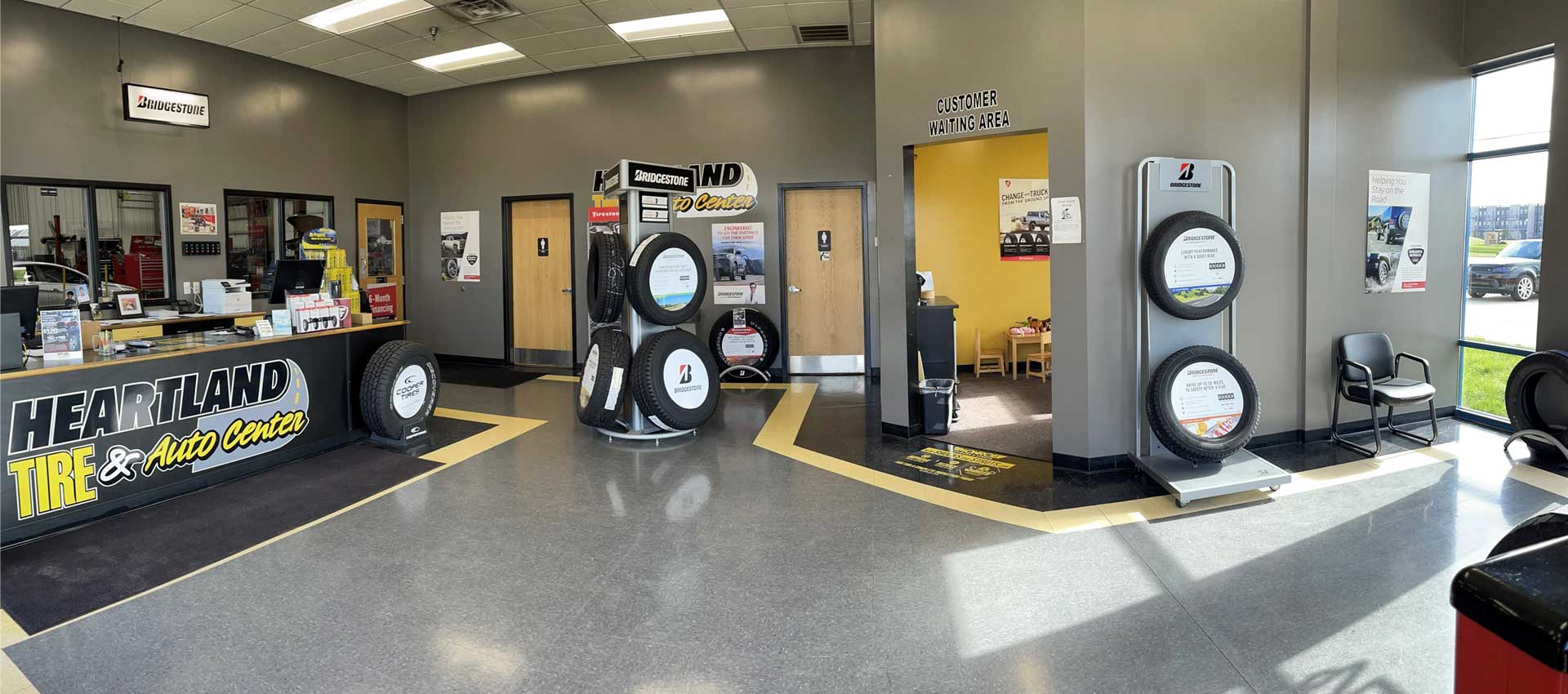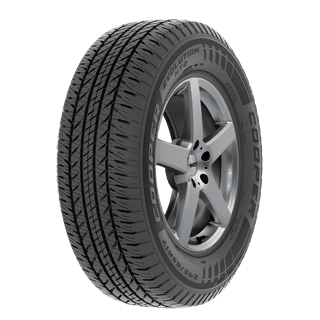Tire Service: The Influence of Climate Condition
When it involves making certain optimal performance and security on the road, recognizing the effect of weather on tire service is essential. From scorching warmth to icy roads, each climate element can dramatically affect tire capability and overall driving experience. By delving into the impacts of differing climate condition on tires, vehicle drivers can obtain useful understandings that might enhance their lorry's performance and longevity. In this discussion, we will discover the complex relationship in between climate condition and tire solution, clarifying the relevance of weather-specific tire maintenance methods and considerations.
Warm and Tire Efficiency
When revealed to high temperature levels, tires experience adjustments in performance that can dramatically influence car safety and security and handling. The warmth created from prolonged driving or warm weather condition conditions creates the tire rubber to soften, leading to minimized walk life and raised wear.
Furthermore, high temperature levels can speed up the process of tire aging, creating the rubber to deteriorate faster. This can result in cracks, bulges, and various other kinds of damages that endanger the structural integrity of the tire. To mitigate the results of warmth on tire performance, drivers should frequently check their tire stress, revolve tires to ensure also use, and check for any type of signs of damage. In addition, utilizing tires particularly designed to endure heats can help preserve optimal efficiency and safety when traveling.
Winter Effects
Winter problems can have a considerable impact on tire performance and safety and security. As temperature levels decline, tire rubber can harden, causing decreased traction on icy or snow-covered roadways. In winter, tires might also shed atmospheric pressure extra rapidly, which can impact handling and fuel effectiveness. In addition, cold temperature levels can create tire sidewalls to stiffen, enhancing the risk of damages from holes or various other roadway hazards.
To minimize the results of winter on tires, it is vital to regularly check tire pressure and inflate them to the maker's recommended levels. Using wintertime or all-season tires developed for cold climate problems can additionally improve traction and grasp on icy or snowy roadways - tire shop morris. Proper tire maintenance, including routine assessments for wear and damage, ends up being also more vital during colder months to ensure optimum performance and safety and security
Rainy Issues Effect
During wet problems, tire performance and security can be substantially influenced by the damp roadway surfaces and decreased presence. The tread pattern of tires plays a crucial function in preserving grip on wet roadways. Tires with worn-out treads are extra prone to hydroplaning, where a layer of water develops in between the tire and the roadway surface, causing loss of grip. To combat this, motorists need to frequently check their tires for adequate step depth and consider investing in tires particularly made for wet conditions.

Snow and Tire Safety And Security
Snow-covered roads posture special difficulties for chauffeurs, stressing the value of proper tire option and upkeep. When driving in snowy problems, having the ideal tires can make a significant distinction in security and efficiency. Winter tires are developed with special rubber substances and tread patterns to provide far better grip on snow and ice contrasted to all-season tires. The deeper footsteps and sipes of wintertime tires assist grasp the roadway much better, decreasing the risk of sliding and slipping.
In addition to making use of winter season tires, it is critical to ensure they are correctly pumped up. Cold weather can create tire pressure to go down, affecting traction and handling (discount tires morris il). Frequently inspecting and maintaining the right tire stress is vital for optimum performance in snowy problems

Weather-Related Tire Upkeep
When faced with different weather conditions, correct Learn More Here tire maintenance ends up being important link a vital element of lorry security and performance. Weather-related tire upkeep includes a variety of methods focused on guaranteeing optimum tire feature and long life in different weather situations. One essential aspect of weather-related tire maintenance is tire stress policy. Fluctuating temperature levels can cause tire pressure to vary, impacting grip and fuel performance. Regularly readjusting and checking tire stress according to producer suggestions is essential for safe driving in changing weather problems. Additionally, tire walk deepness plays a substantial role in taking care of various climate components. Tires with adequate step depth offer far better grasp on wet or icy roads, minimizing the threat of skidding or hydroplaning. When tread wear reaches a particular deepness is crucial for preserving grip and security in negative climate, evaluating tire walk consistently and replacing tires. By prioritizing weather-related tire maintenance, drivers can enhance security, boost lorry efficiency, and lengthen the life expectancy of their tires.
Final Thought
In final thought, weather condition conditions have a substantial effect on tire performance and safety (mopar tire service specials). From warm affecting tire pressure and wear to cool weather condition decreasing grip, it is essential to take into consideration the weather condition when preserving and utilizing tires.
In this conversation, we will discover the elaborate partnership in between weather condition conditions and tire solution, shedding light on the value of weather-specific tire maintenance methods and considerations.
